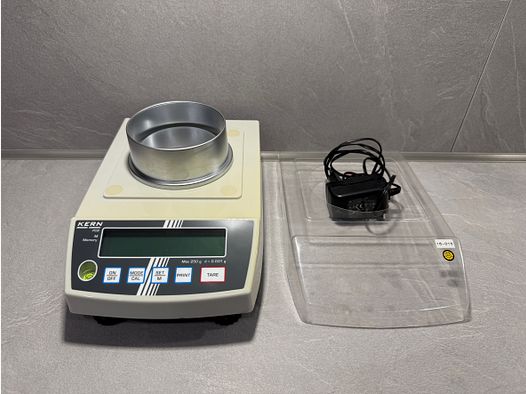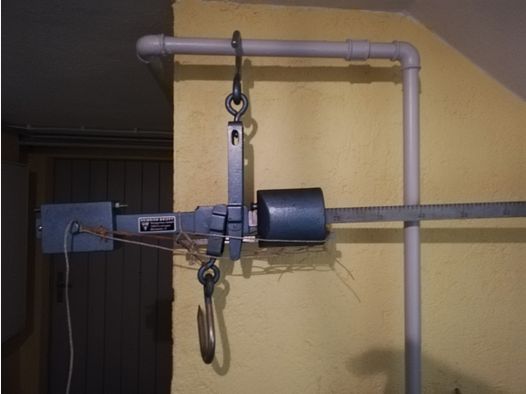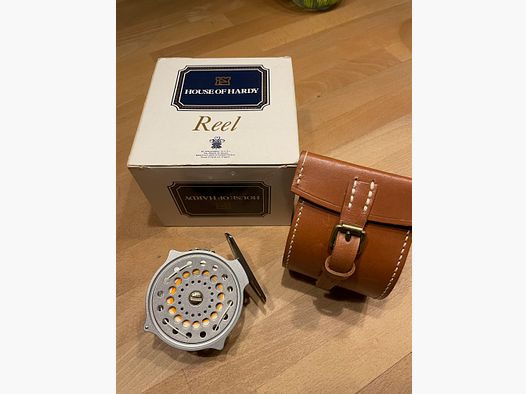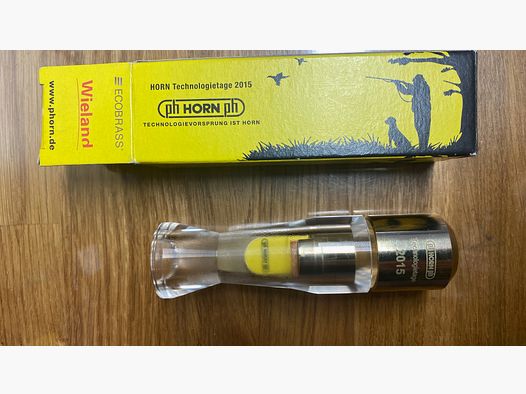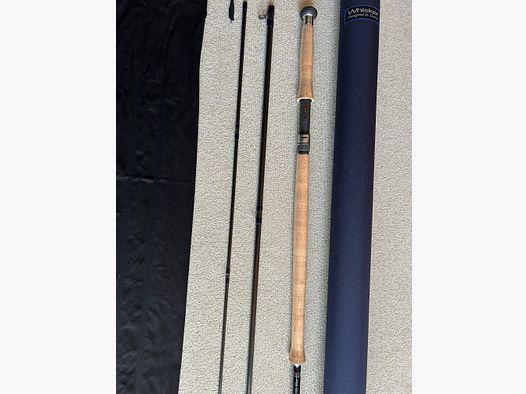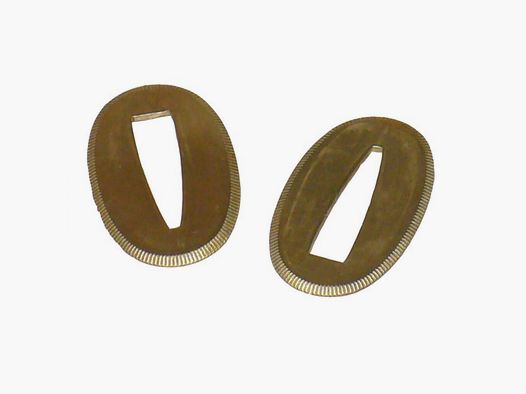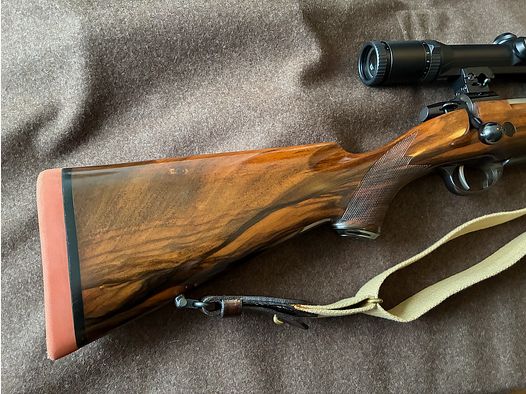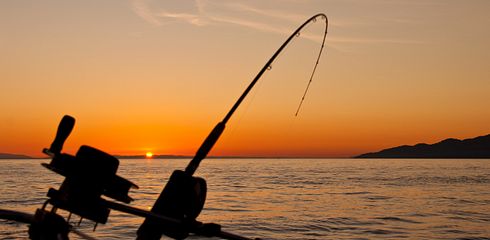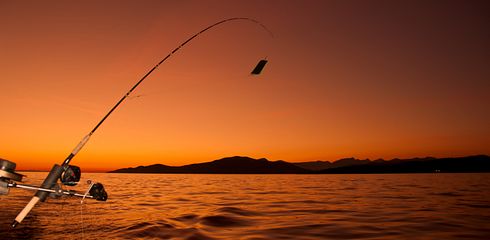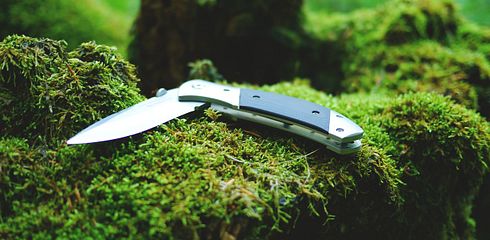Catching a fish is an exciting moment for any angler, but the process doesn't end with a successful catch. An important part of fishing is properly gutting the fish to prepare it for cooking. For beginners, this step may seem intimidating at first, but with the right knowledge and some practice, gutting becomes an essential skill. In this article, we will detail the steps on how to properly gut a fish.
1. The Right Equipment and Preparation
Before you start gutting, make sure you have the right equipment on hand:
A sharp fillet knife: A precise and sharp knife is crucial. It makes cutting easier and prevents unnecessary injuries.
A clean workspace: A stable and clean work surface is important for safe and hygienic work.
A bucket or trash bag: Use a bucket or bag to collect the waste. Being environmentally conscious is also essential when gutting.
2. Preparing the Fish
Before you gut the fish, rinse it thoroughly to remove excess scales and dirt. Then place the fish on the work surface and stabilize it so it doesn't slip during gutting.
3. The Cuts on the Belly
Position the fillet knife at the fish's anus and make a cut along the belly up to the gill cover. The cut should be shallow to avoid damaging the internal organs.
4. Removing the Innards
Carefully open the belly and remove the innards. You can do this either with your fingers or the knife. Be careful not to damage the bile duct to avoid affecting the fish.
5. Removing the Gills
Remove the gills by carefully reaching into the gill cover and cutting them out. This is important to avoid the unpleasant taste of gill residues.
6. Rinse Thoroughly
Rinse the fish thoroughly inside and out to remove blood and residues. A clean surface makes preparation easier later on.
7. Skinning (optional)
Depending on your cooking preference, you can skin the fish. Start at the tail and carefully cut under the skin with the knife while holding the fish firmly.
8. Pay Attention to Hygiene
After gutting, you should thoroughly clean your hands, the knife, and the work surface to prevent the spread of bacteria.
9. Disposal of Waste
Dispose of the fish waste in an environmentally friendly manner. Some anglers use the remains as bait for future fishing adventures, while others dispose of the waste properly.
Conclusion: Learning the Art of Gutting
Gutting a fish requires some practice at first, but with each catch, you will become more confident. It is a skill that not only makes preparation easier but also shows a respectful approach to the caught animal.
Remember that patience and respect for nature are essential components of fishing. Over time, you will find that gutting a fish is not only a practical skill but also part of the ritual that deepens the connection between you and nature. Good luck with gutting and enjoy your next catch!



